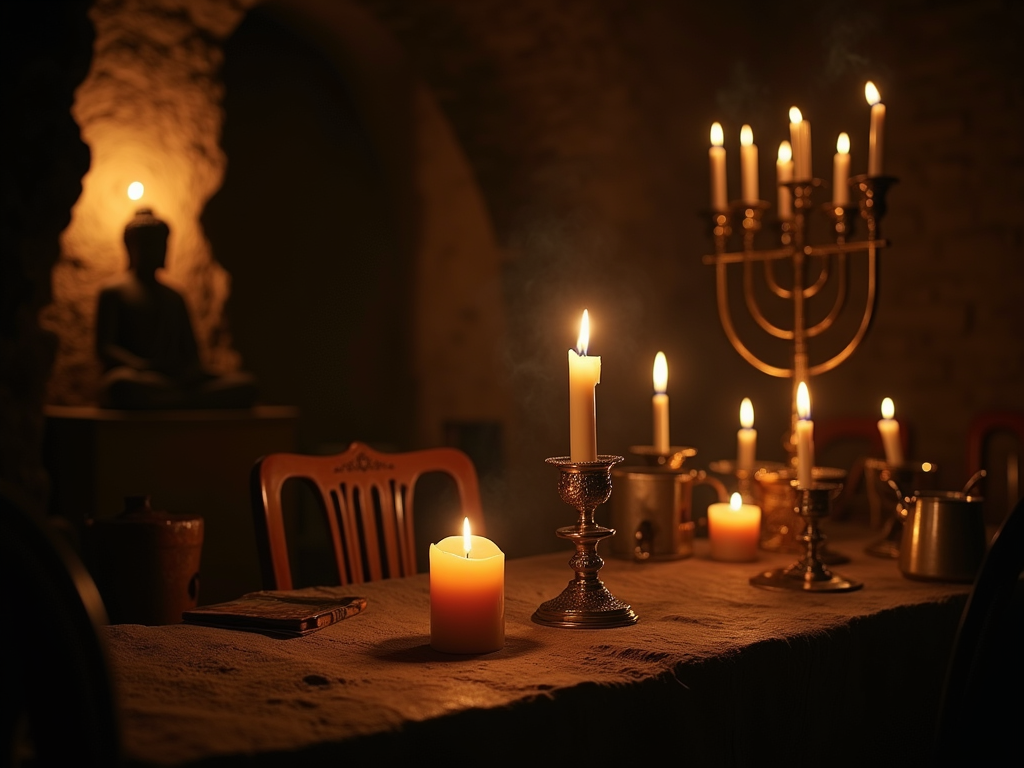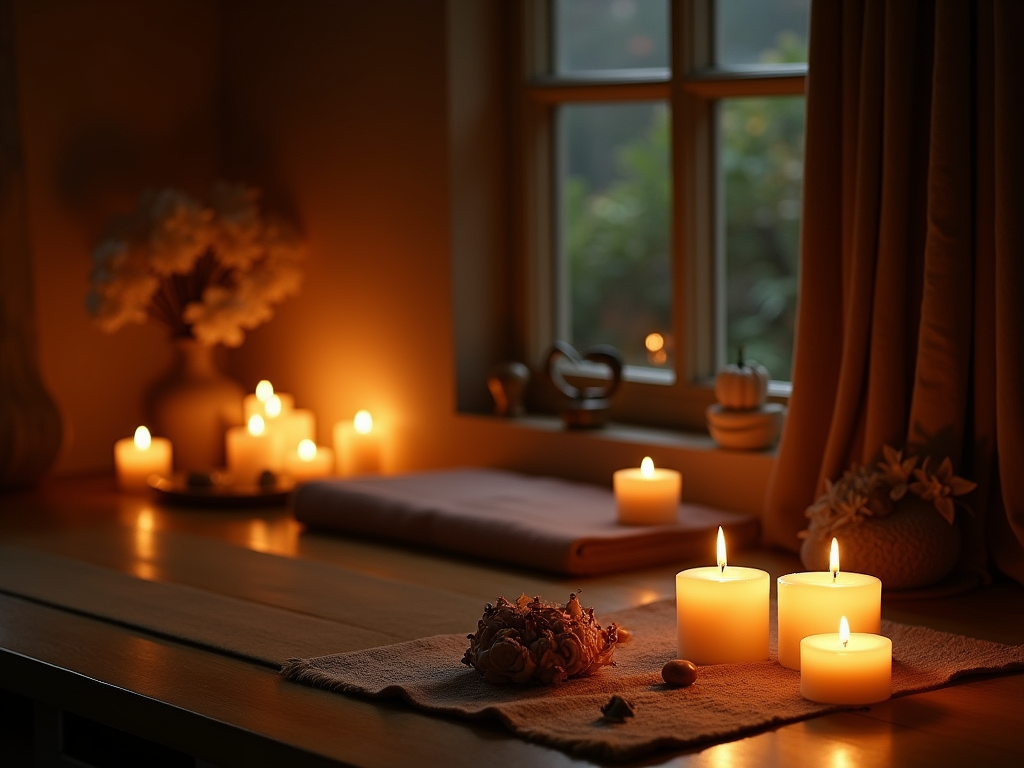
Key Takeaways
- Early Christians used candles to signify Christ as the “light in a world filled with darkness,” making them essential during discreet religious assemblies.
- Jewish customs, such as lighting Sabbath candles or the Hanukkah menorah, honor sacred moments and celebrate miraculous events in history.
- For Buddhists, candles symbolize enlightenment, forming an essential part of temple rituals and meditation.
- Ancient Egyptians and Romans attributed meanings like purification, rebirth, and spiritual guidance to candles.
- Today’s spiritual practices still embrace candles for rituals, reflection, and cultivating intentional spaces, combining ancient wisdom with modern approaches.
The Illuminating Role of Candles in Spirituality
Candles have long been a beacon of light, both physically and spiritually. In early Christianity, candles took on profound importance, especially during hidden services in the catacombs. Their soft glow created a sacred space while symbolizing Christ as the light in a world of darkness. It’s fascinating to think about how something so simple held such a vital role when religious gatherings were kept in secret.
In Judaism, candles embody tradition and devotion. Lighting Sabbath candles marks the transition into a day of rest and prayer, filling homes with light and reflection. The Hanukkah menorah, with its eight-kindled brilliance, commemorates the miracle of lasting light during the Maccabean revolt. It’s incredible how these traditions center around a flickering flame.
Buddhism embraces candles in temple offerings and meditation. They’re more than décor; they represent enlightenment and the victory of wisdom over ignorance. Its clear candles transcend simple utility to carry deep spiritual meaning. For insights into their origins, take a look at who first invented candles.

A Journey Through the Ancient Origins of Candles
Candles trace back to ancient Egypt around the 3rd millennium BCE. Instead of the wax-based designs we know now, Egyptians used rushlights. These were simply torches made from reeds soaked in animal fat. They weren’t just for light but symbolized transformation as fat turned into fire.
By the 1st century CE, the Romans upped the game with wicked candles. They crafted these from rolled papyrus dipped in either beeswax or tallow. While initially a practical tool for light in homes and travel, these candles took on spiritual significance. They became part of rituals, representing purification or guiding the way for spirits. Over time, materials and meanings evolved, but that early symbolism left a lasting mark.
To learn more about the crafting process itself, take a look at who first invented candles and how these designs shaped mankind’s history.
The Mystical Connection: Candle Magic and Folklore
Candle magic is steeped in spiritual tradition and folk practices that emphasize intention and energy. Lighting a candle symbolizes igniting purpose, whether for manifestation, protection, or healing. Throughout history, people viewed candles as tools for connecting with unseen realms, making them vital in rituals and spells.
Colors play a significant role in candle magic. Each hue carries a specific meaning. For instance:
- White symbolizes purity, peace, and new beginnings.
- Green ties to growth, prosperity, and abundance.
- Red represents love, passion, and courage.
Candlelight also serves as a medium for insight. Practices like scrying involve gazing at the flickering flame to receive divine messages or clarity. Many cultures weave candles into folklore, from ancient witchcraft traditions to modern Wicca practices. They’re often placed at altars, strengthening the connection between the spiritual and physical worlds. Learn more about the roots of candles here.

Modern Spirituality and the Everlasting Significance of Candles
Candles have found their way into countless spiritual routines and mindful practices today. Lighting one often marks the start of meditation or prayer, symbolizing focus on a purpose or connection with something greater. The soft glow creates a sense of calm, anchoring the mind during times of reflection or offering gratitude. Using candles during aromatherapy has also become widespread, blending soothing scents with inner stillness to enhance relaxation.
They’re a cornerstone for creating sacred spaces at home. Whether it’s a quiet corner for yoga or a serene spot to unwind after a long day, candlelight sets the tone for intentional moments. For many, igniting a flame signifies a conscious shift in energy—an open door to peace or even personal transformation.
Candlelight vigils, which retain deep emotional resonance, continue serving as powerful rituals of memory and unity. People gather with lit candles to honor lives, mark tragedies, or celebrate moments of solidarity. Each flame represents hope, remembrance, or a collective intention to heal.
The growing interest in mindfulness has undeniably boosted the candle industry. Now, ancient traditions seamlessly integrate with today’s sensibilities. The range of choices for those who want to learn how to make a candle or explore the craft has grown immensely. If you’re curious, you’ll find that these DIY approaches can deepen the spiritual connection, letting you create something meaningful and unique out of your practice.

Sources:
A Cultural History of Candles
The Magic of Candle Burning
Candles in Religious Rituals
The Encyclopedia of Folklore and Superstition
